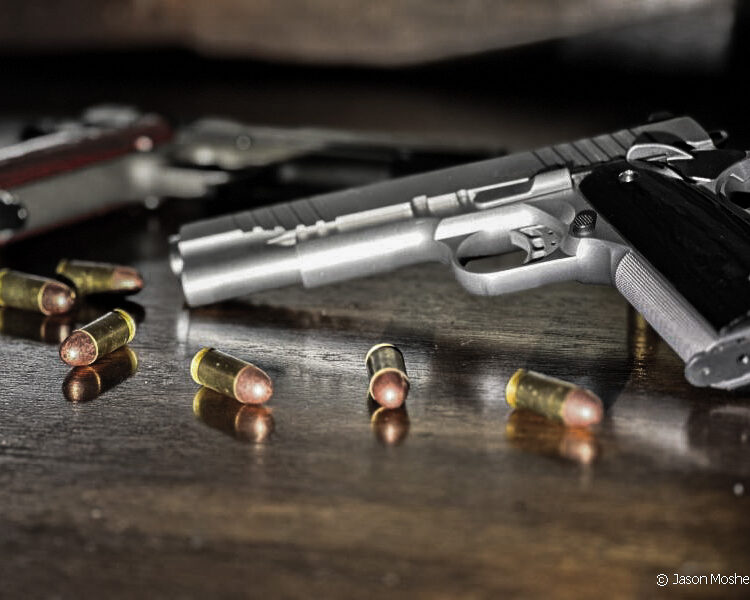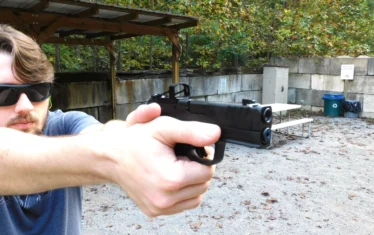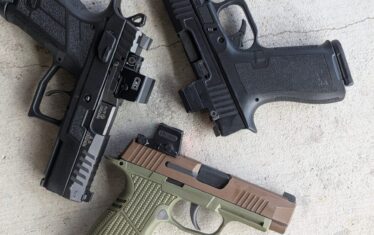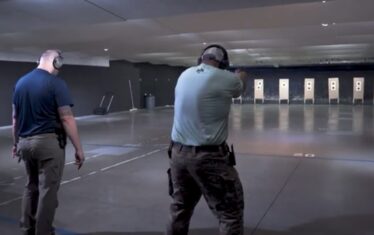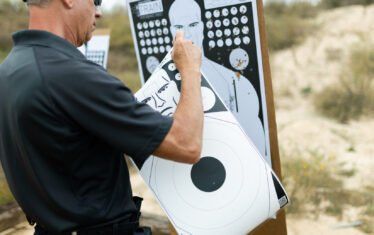The M1911 is an American icon. Even people who aren’t fans of the platform usually know the basics: John Browning designed it, and it served the U.S. military for more than seven decades.
But there’s always more to learn about this legendary pistol. Here are 19 things you might not know about the M1911.
1. The M1911 Came From a Family of Handguns
The M1911 wasn’t created in a vacuum. Between 1899 and 1911, John Browning designed a series of pistols that led to its development. The M1911 descended from the M1902, which evolved into models like the 1903 Pocket Hammer, Colt Model 1905, 1907, and 1909 before becoming the M1911 we know today.
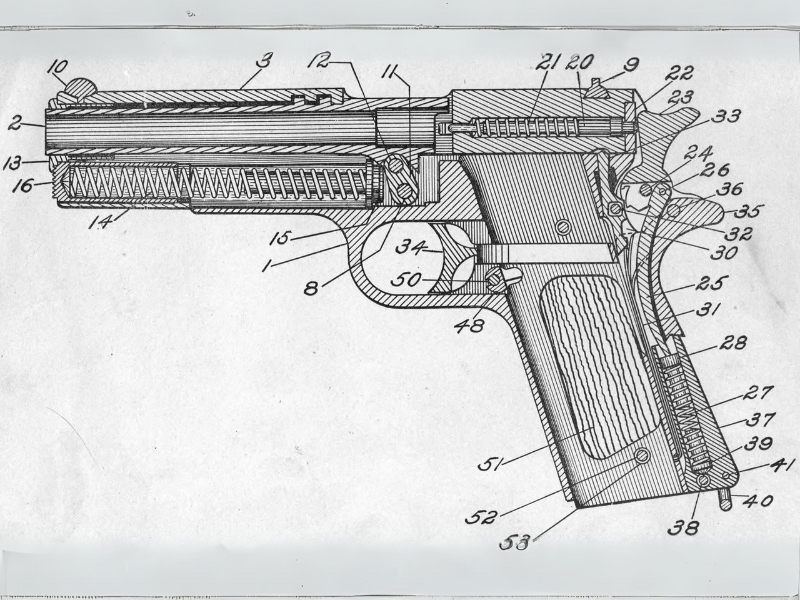
2. The M1911 Was Actually Created in 1910
The pistol that entered final military trials was called the M1910. It introduced the grip safety, grip angle, and internal extractor. The Army approved it on March 29, 1911—hence the name M1911.
3. The Military’s Testing Procedure Was Brutal
For trials, the Army pitted the Colt M1910 against a Savage design. Each had to fire 6,000 rounds. When the gun became too hot, it was dunked in water. The Colt passed with zero malfunctions, while the Savage suffered more than 30 failures.
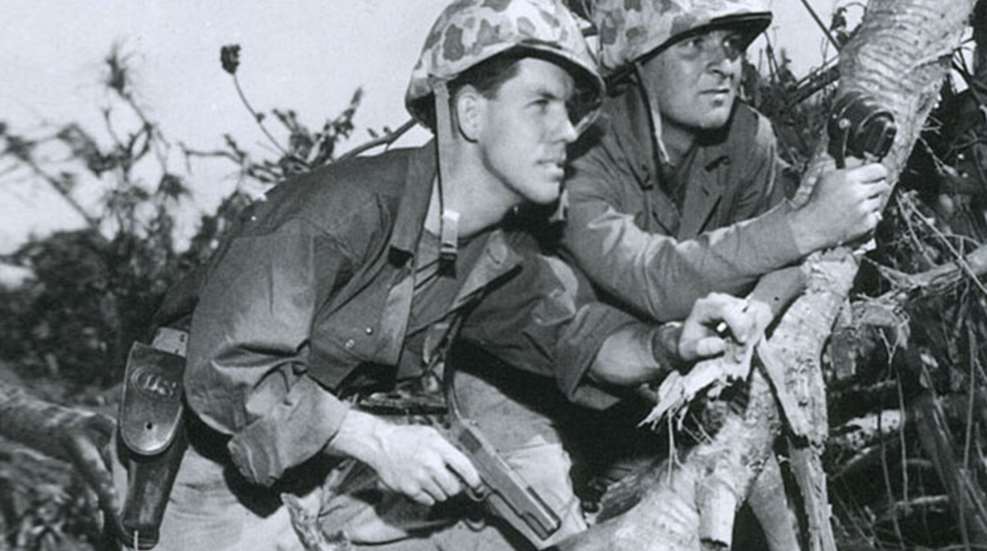
4. It Wasn’t the Only .45 ACP Handgun to Win Two World Wars
There weren’t enough M1911s to go around in either World War. To supplement them, Colt and Smith & Wesson produced M1917 revolvers chambered in .45 ACP with moon clips.
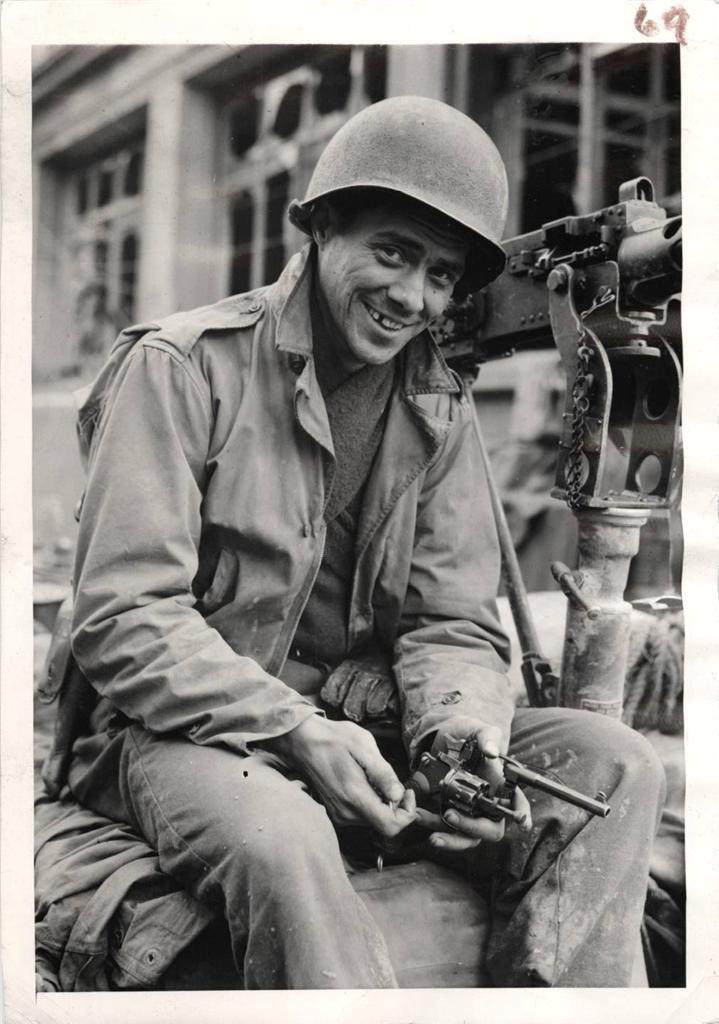
5. The Grip Safety Wasn’t Browning’s Idea
When John Browning submitted the Colt Model 1909 to the US Army, it passed most of their tests. General Thompson reviewed and tested the handgun before sending it to Springfield Armory.
The M1909 had a simple frame safety, but the Cavalry requested a grip safety. The addition of a grip safety and a change in grip angle turned the 1909 into the 1910.
6. General Officers Carried a Special Model of the M1911A1
U.S. Army General Officers carried the compact RIA M15 pistol, a shortened M1911 with a 4.25-inch barrel but full-size grip. Only 1,004 of these pistols were ever produced and remained in service with General Officers until their retirement.

7. The M1911 Comes In Nearly Every Caliber
The classic American warhorse originally came in .45 ACP and quickly evolved to accommodate other cartridges.
Over the years, the common calibers like 9mm, .38 Super, and .40 S&W all made their way to the M1911. That’s expected, but we also saw options in 7.62 Tokarev, .357 Magnum, .50 GI, and even .308 — a rifle caliber. Of course, the .308 option uses a custom, single-shot, drop-on slide assembly for hunting.
8. The M1911A1 Continued to Serve After the Beretta M9
Even after the Beretta M9 was adopted in 1985, the M1911 stuck around.
It was a favorite of Special Operations forces. Units like Force Recon kept the gun well into the Global War on Terror. Elite units like Delta Force used heavily modified custom M1911s for decades after the Beretta’s adoption.
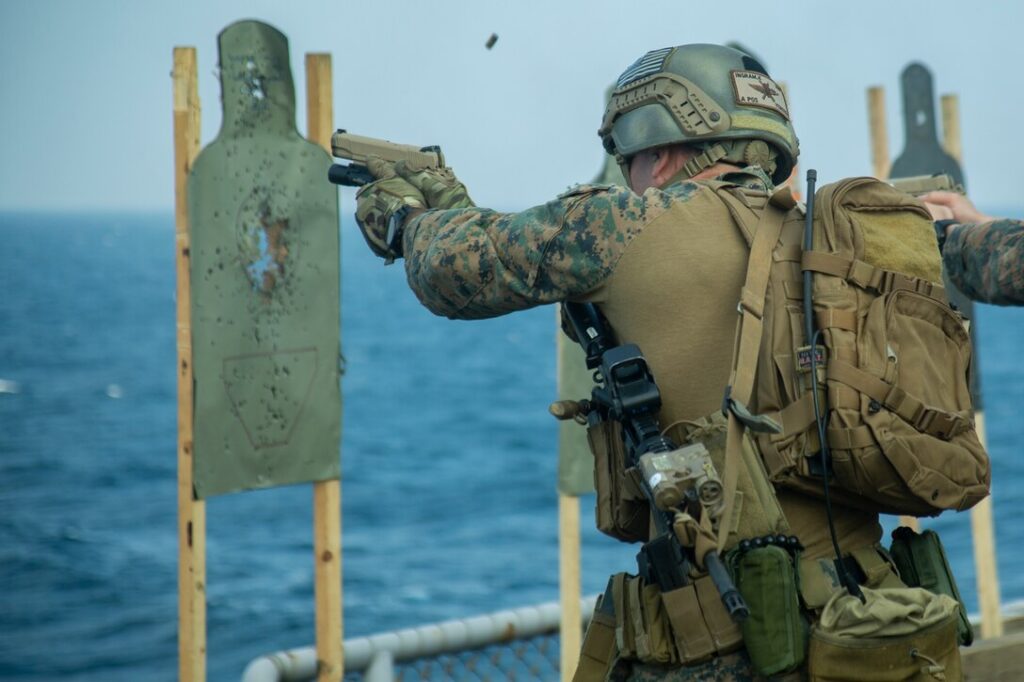
19. The M1911 Is The Offical Firearm of Utah
John Moses Browning was a Utah resident, and his family had a long history of arms design. John Browning was the most famous of the Brownings and created the M1911. In a display of state pride, Utah adopted the M1911 in 2011 as its official state firearm.
10. It Was the First Semi-Auto Adopted by the U.S. Military
Before 1911, the U.S. military relied exclusively on revolvers. The M1911 was the first semi-automatic sidearm to be officially adopted, and it stayed in service for more than 70 years.

11. The Choice of Elite Police Units
Even after polymer pistols took over the M1911 remained a favorite among elite law enforcement units. LAPD SWAT, LAPD SIS, FBI HRT, and many more clung to the design well after the advent of the “Wonder Nine” and polymer-framed “Plastic Fantastic.”
12. Alvin York Repelled a Bayonet Charge With an M1911
Sergeant Alvin York earned his Medal of Honor in WWI not only with a rifle, but also by wielding the M1911 like a pro. During his fight with the machine gun nests, the Germans launched a bayonet charge against him. He met that bayonet charge with his Colt and knocked down the entire bayonet charge.
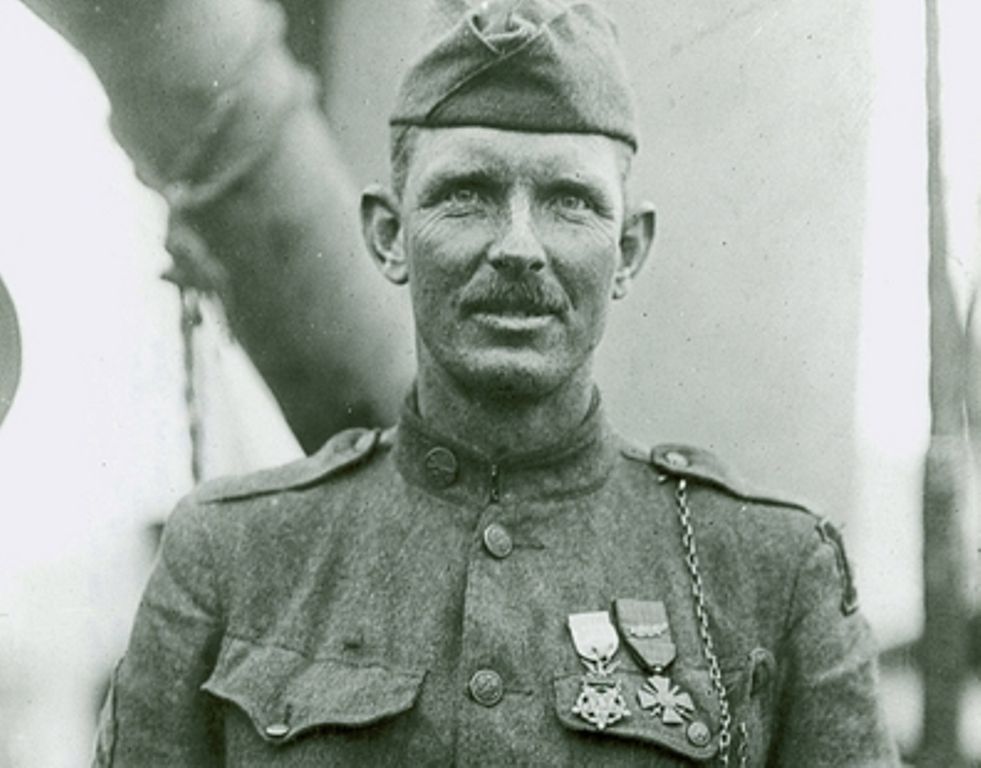
13. Why General Patton Ditched the M1911
In 1915, a young Lieutenant Patton was working on the Mexican Border during the time of Pancho Villa. He was based in Sierra Blanca with A Troop of the 8th Cavalry. He wore his issued M1911 Colt without a holster in his belt. One night, the firearm discharged due to his lack of a holster. Afterward, he abandoned the automatic in favor of his famous Colt Single Action Army revolvers.
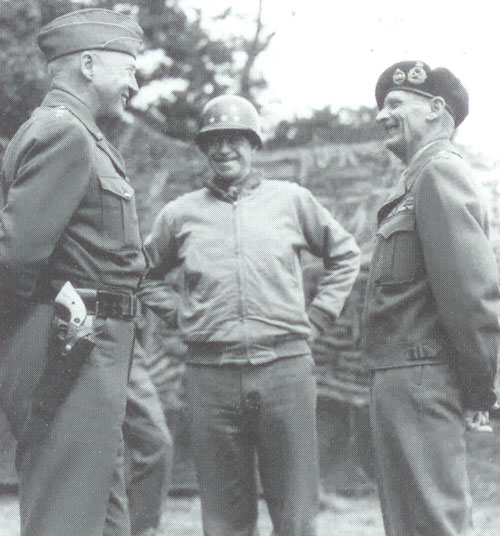
14. GM Tried to Build a Cheaper 1911
World War 2 was a logistics nightmare. America was working overtime to produce functional weapons and get them overseas to punch Hitler in the face. GM’s Guide Lamp division experimented with a stamped steel 1911 to speed production. It was ugly but functional. The project never advanced, and a prototype survives today at Springfield Armory.
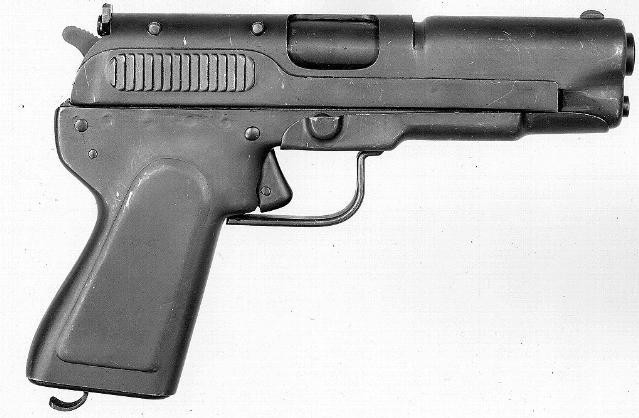
15. The M1911 Influenced Most Modern Pistols
The Colt M1911 wasn’t the first short-recoil pistol, but it was the first successful example. Browning’s design proved the system’s effectiveness, influencing nearly every modern handgun made since.

16. It was Used on Both Sides of WWII
American G.I.s stormed Europe in WW2 with M1911s, M1 rifles, Thompson SMGs, Browning machine guns, and artillery, tanks, and bombers.
However, the Americans and Allies weren’t the only ones carrying M1911s. When Germany occupied Norway, they took over the Kongsberg Våpenfabrikk factory, which produced the M1911 as the M1914. These “Kongsberg Colts” were carried by Nazi soldiers.
17. Bank Robbers Turned 1911s Into Machine Pistols
Bank robbers like John Dillinger and Baby Face Nelson carried a variety of firearms, and machine guns were often a favorite. Both Dillinger and Nelson carried machine pistol conversions of the M1911 with extended magazines, Thompson front grips, and Cutts compensators.
These micromachine guns fired insanely fast and were surprisingly effective.

18. 1911s in the movies are often 9mm
While the original M1911 was chambered in .45 ACP, movie versions are often 9mm. The tapered case of the 9mm round tends to feed better as a blank. Plus, 9mm blanks are easily the most common blanks on the market.
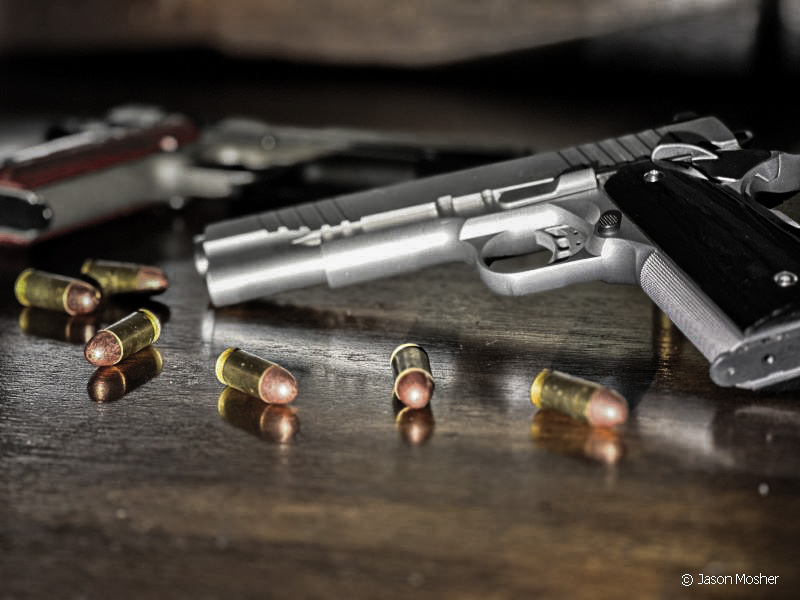
19. The 1911 Has been Used On Every Continent Except Antarctica
The M1911 has been adopted by dozens of countries and used across the world. This includes Allied forces in Europe who acquired them through the Lend-Lease program. Australia even received some that were used in World War 2 that found a place in their museums.
Across Asia, clones are made in China, the Philippines, and both Koreas. African forces have been seen using the M1911, as have South Americans. The M1911 has been everywhere but Antarctica.
Browning and Colt’s Most Successful Pistol
The M1911 is a powerhouse of a firearm. Its enduring popularity is a testament to its design and staying power. While stopping power is a myth, staying power certainly isn’t.
Now, we all know something new about the world’s most famous pistol.





